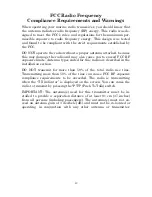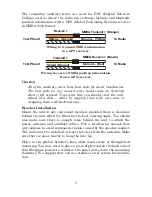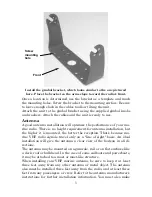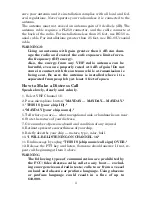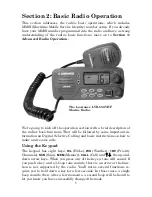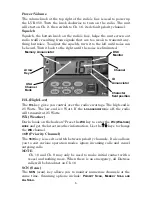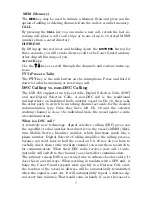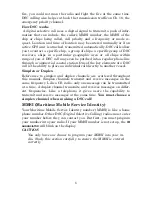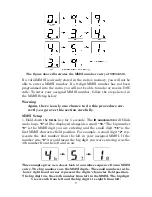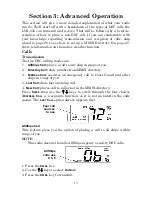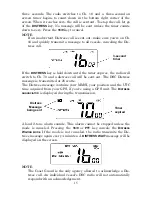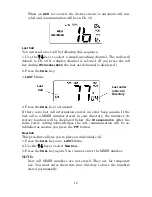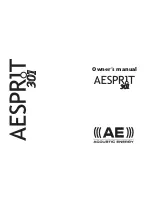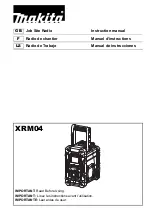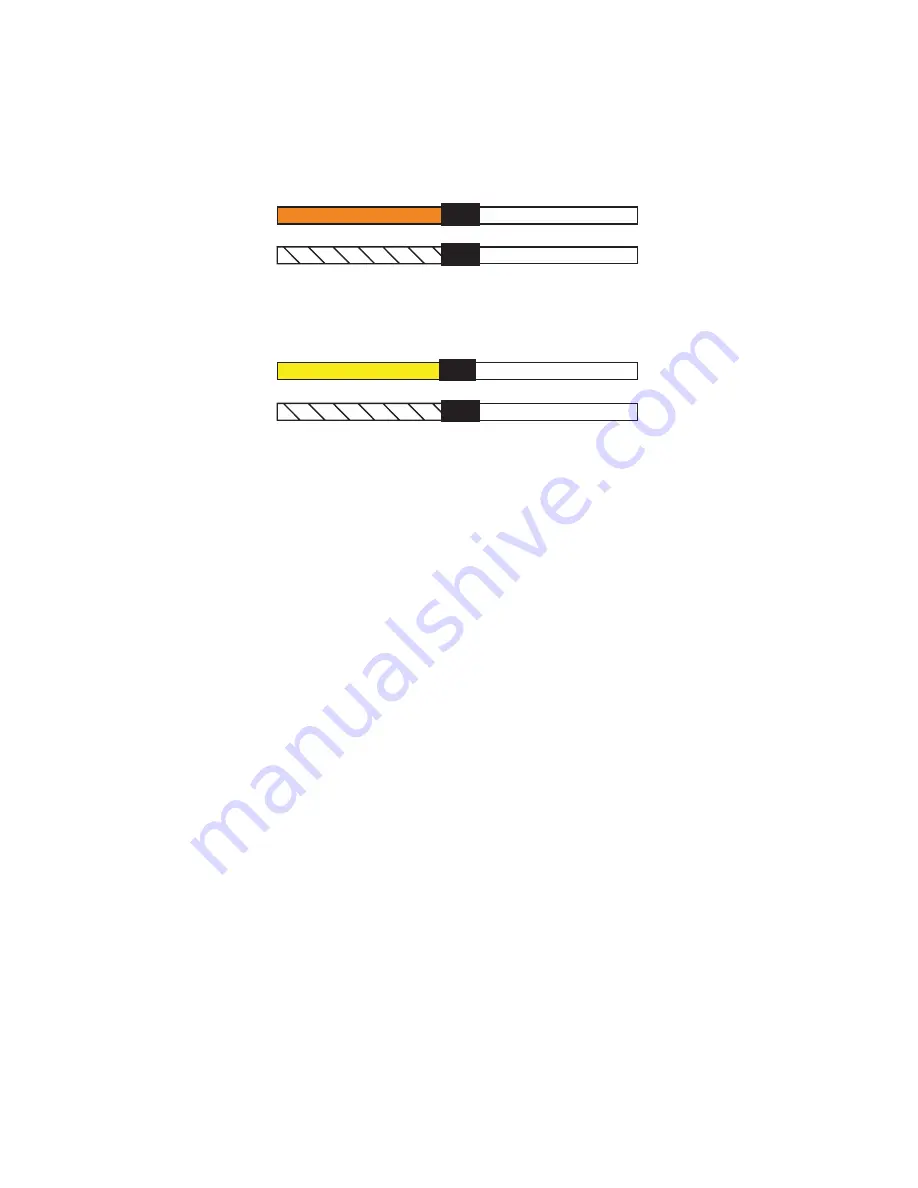
2
The remaining auxiliary wires are used for DSC (Digital Selective
Calling) service, where the radio can exchange latitude and longitude
position information with a GPS (Global Positioning System) receiver
in NMEA 0183 format.
Wiring to transmit NMEA information
to a GPS receiver.
Wiring to receive NMEA position information
from a GPS receiver.
Caution
All of the auxiliary wires have bare ends for easier installation.
The bare ends on any unused wires could cause an electrical
short if left exposed. To prevent this, you should cover the indi-
vidual wire ends – either by capping them with wire nuts or
wrapping them with electrical tape.
Bracket Installation
Mount the unit in any convenient location, provided there is clearance
behind the unit when it's tilted for the best viewing angle. You should
also make sure there is enough room behind the unit to attach the
power, antenna and auxiliary cables. Pick a location far enough from
any compass to avoid compass deviation caused by the speaker magnet.
The radio must be installed at least three feet from the antenna. Make
sure there is space nearby to hang the mic clip.
Holes in the gimbal bracket's base allow wood screw or through-bolt
mounting. You may need to place a piece of plywood on the back side of
thin fiberglass panels to reinforce the panel and secure the mounting
hardware. We suggest that you use stainless steel screws for installa-
tion.
Ground – (Red)
To Radio
To GPS unit
NMEA R (Brown)
Shield (Ground)
R
NMEA Tr (Orange)
Shield – (Ground)
Ground – (Yellow)
To GPS unit
To Radio
Tr






